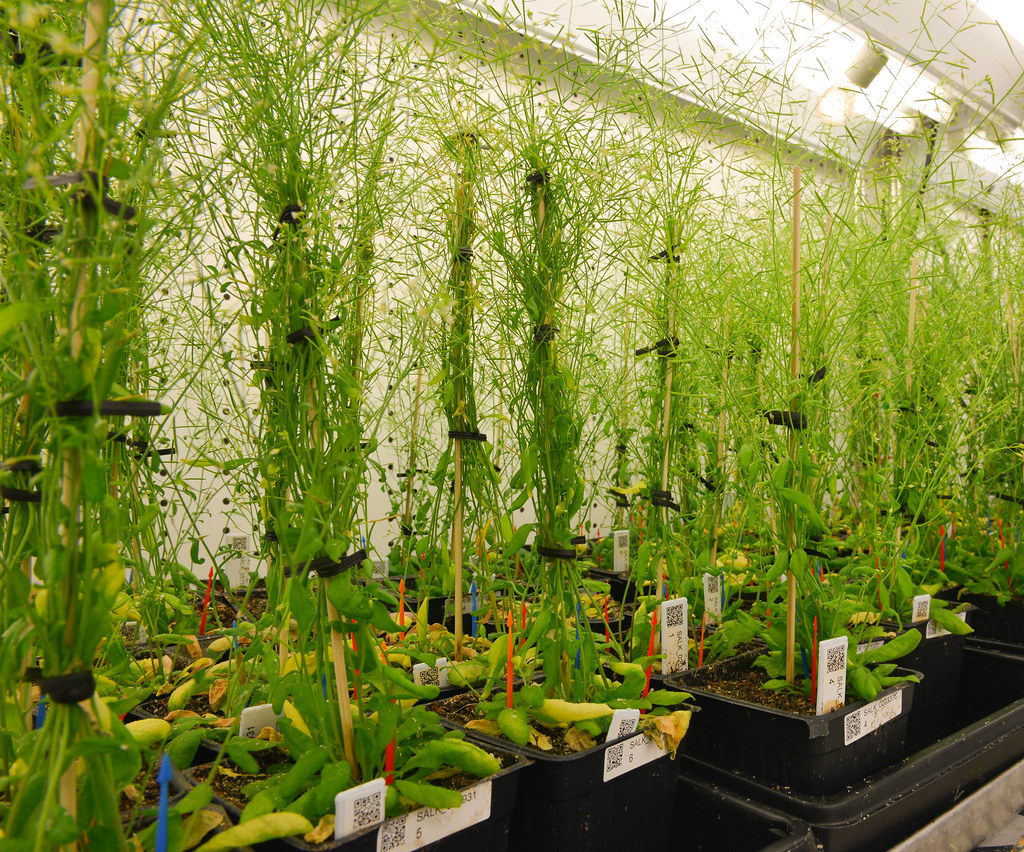News
Finding a new direction to better corn nutrition

By Lauren Hines | Bond LSC
Whether it’s through kernels, cereal or chips, corn pops up everywhere in our diet, providing nutrition to countless people all over the world.
But that nourishment isn’t enough to be satisfied, especially when a staple so widespread still lacks some building blocks key to balanced nutrition.
Researchers have tried different reverse genetics approaches to making crops like corn, soybeans and rice higher in essential amino acids — building blocks for proteins something the human body can’t produce on its own.
Many approaches have yielded limited success, so the Angelovici lab at Bond LSC took a step back to examine the seed’s nutrition from a broader perspective.
“This is where…we are slightly different than other studies,” principal investigator Ruthie Angelovici said. “We are not focusing just on lysine or just on tryptophane. We’re trying to look at it as a whole to understand the mechanism of all the amino acids composition.”
Finding the mechanism that builds certain proteins means potentially improving the seed’s nutrition. Instead of focusing on specific amino acids, Angelovici’s lab looked toward manipulating a specific process at the heart of amino acid regulation. It found that the process of protein synthesis is strongly associated with certain levels of key amino acids
“It’s super surprising,” Angelovici said. “It’s like saying the factory is responsible for variation we see in some sort of a product. If that’s the case, we can now go and look at the components in this factory that are spitting out this variation.”
It might seem straightforward to genetically biofortify corn, but adding and removing proteins low or high, respectively, in essential amino acids to corn seeds didn’t work. By the next generation of maize, the plant would reset itself through proteomic rebalancing.
“Even if you completely knock out a large amount of storage protein in the seed, the seed has an intrinsic mechanism that it can reprogram, and, ultimately, it can balance those proteins in the seed, so that was very interesting but equally challenging,” said Vivek Shrestha, first author on this study and now a post-doctorate at The University of Tennessee.
Shrestha and others in the lab decided to find which proteins were responsible for the high and low composition of certain amino acids through two complementary experiments.
The first matched amino acids created in the kernel to genes related to them. When that gave a long list of genes, the second experiment whittled it down by finding associations between amino acid compositions and proteins during seed development.
This final list of genes helped Shrestha, Angelovici and others find their new direction.
“We saw a really big group of translational-related genes that seem to be highly dominant in the last piece of the [narrowing down genes process], which we wanted to distill for further inquiry,” Angelovici said. “So, basically what we’ve seen is that the translational machinery is in the heart of the regulation of the amino acid.”
This translational machinery synthesizes proteins and seems to be associated with amino acid composition variations when it wasn’t expected to. This means that there could be something else going on where researchers could manipulate to create more nutritious corn.
“From our paper, it seems that this translational machinery itself probably also has an input that we did not really put a lot of emphasis on,” Angelovici said.
Angelovici believes that this isn’t a corn-specific finding. They reported seeing it in their model plants, Arabidopsis, as well. Next is to experiment with wild mutants of maize and understand its ribosomal footprint.
“I think we had a challenge…but as we go along, we tried to solve them,” Shrestha said. “That’s what scientists are like. They take small steps, remove the challenge and then move forward.
The study, “Multiomics approach reveals a role of translational machinery in shaping maize kernel amino acid composition,” was published Aug 15 in Plant Physiology.